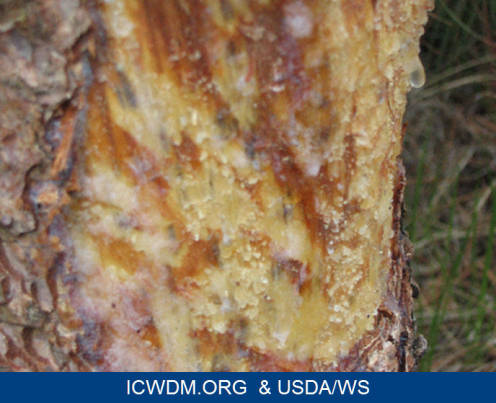Be Aware › Porcupines

The North American porcupine, Erethizon dorsatum, is a large rodent that is common in Utah. It prefers coniferous forest and mixed forest areas, although it may also be found in wetlands, deserts, and shrub-land habitats. Porcupine winter dens may be found in hollow trees and logs, small caves and rock piles.
Adult porcupines average 9–13 lbs. They are active throughout the year and are mainly nocturnal, but are often visible during the day. They are excellent climbers and spend much of their time in trees. Their diet includes bark, berries, buds, fruits and leaves.
Porcupines are covered in sharp spines, or quills, that are used for protection from predators. Quills are loosely attached to the body and may detach from the porcupine and lodge in a predator if touched; porcupines cannot “shoot” their quills.
Legal Status
Porcupines are protected animals in Utah.
Pets and Porcupines

Keep pets under control and do not let them play with porcupines. Porcupine quills are barbed and can embed in the skin. Consult a veterinarian if you need have the quills removed from your pet.
Avoiding Conflicts
Most porcupine damage occurs during the winter when the bark of trees and shrubs make up their main diet. It’s common for them to feed on nearly all species of trees within their range. Preferred trees include: elm, fir, maple, oak, pine, poplar, spruce and numerous fruit-bearing and ornamental trees as well as shrubs.
In the summer, porcupines are almost exclusively ground-feeders where they eat grasses, forbs such as dandelions, and succulent streamside and wetland plants.
Porcupines are also attracted to salt. On occasion, they can be attracted to the wood handles of tools, wheelbarrows and gloves because of salty sweat absorbed in those items. If you have these attractants around your property, porcupines may come looking for a snack.
Predators like coyotes, cougars and bobcats prey on porcupines. They may follow their prey onto your property.

Tree gnawed on by a porcupine
- Reduce tree damage by enclosing small trees with wire baskets.
- Encircle the trunks of large trees with 30-inch bands of aluminum flashing. Do not leave banding permanently, as it can cause damage as the tree grows.
- Keep all tools picked up and locked securely away.
- Some commercial rodent repellents may discourage porcupines from gnawing, but they do need to be reapplied often.
- Electric wire attached to the top of 18-inch-high poultry fencing, can be used as a deterrent. Porcupines can climb fences, but a 65-degree angled overhang at the top of the fence will discourage them.
- Block off crawl spaces and remove rock and woodpiles to prevent them from finding shelter.

If you have problems that cannot be resolved by following these tips, please consult a professional, licensed animal control company.

